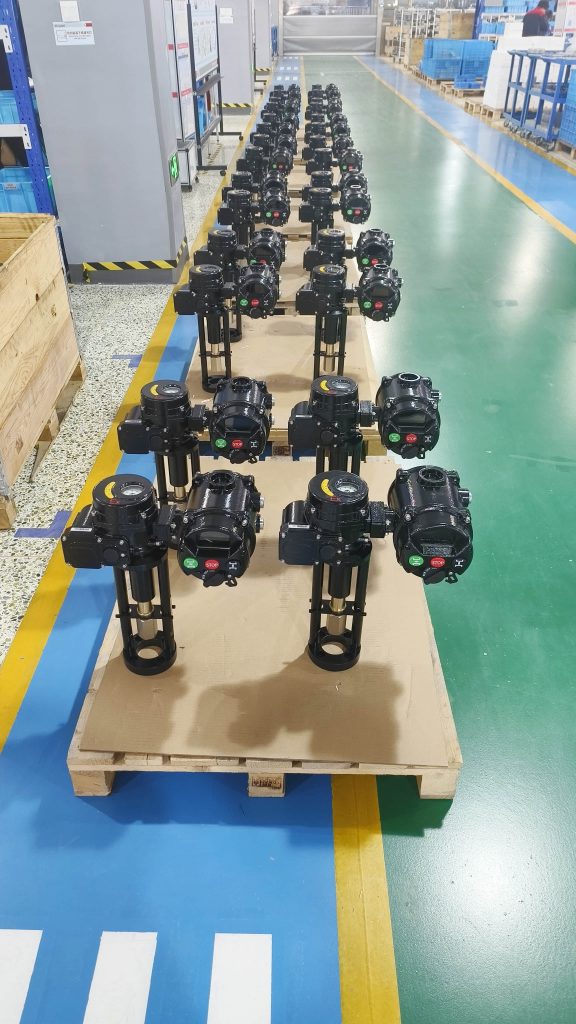In recent years, the field of automation has witnessed remarkable advancements, thanks to the development of more sophisticated and efficient technologies. Among these, intelligent integrated actuators (IIA) have emerged as a key component in transforming various industries, from manufacturing and robotics to healthcare and aerospace. By combining traditional actuators with embedded intelligence and sensors, IIAs offer enhanced performance, precision, and adaptability. This article delves into the concept of intelligent integrated actuators, their key features, applications, and the future possibilities they bring to automation systems.
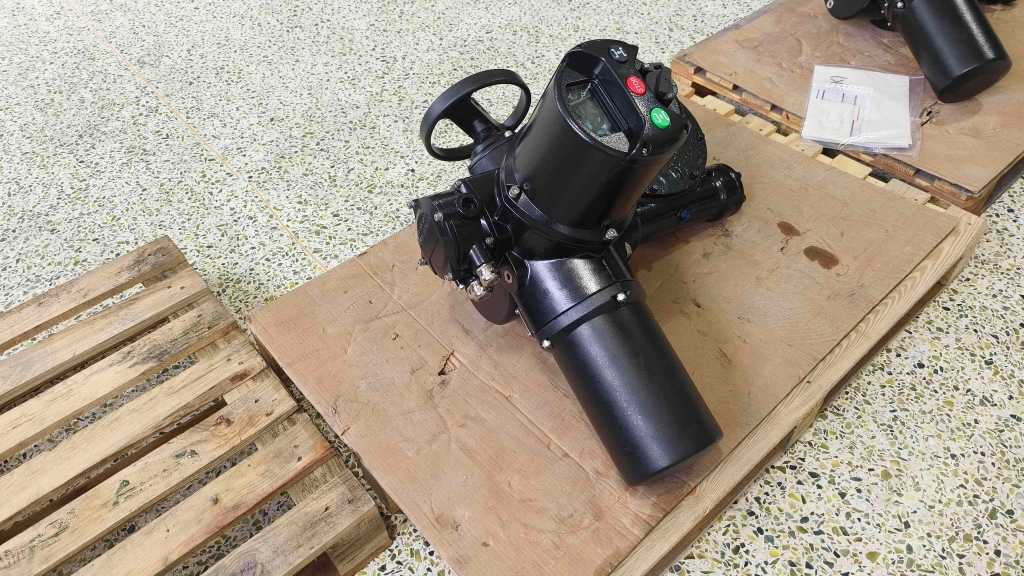
What is an Intelligent Integrated Actuator?
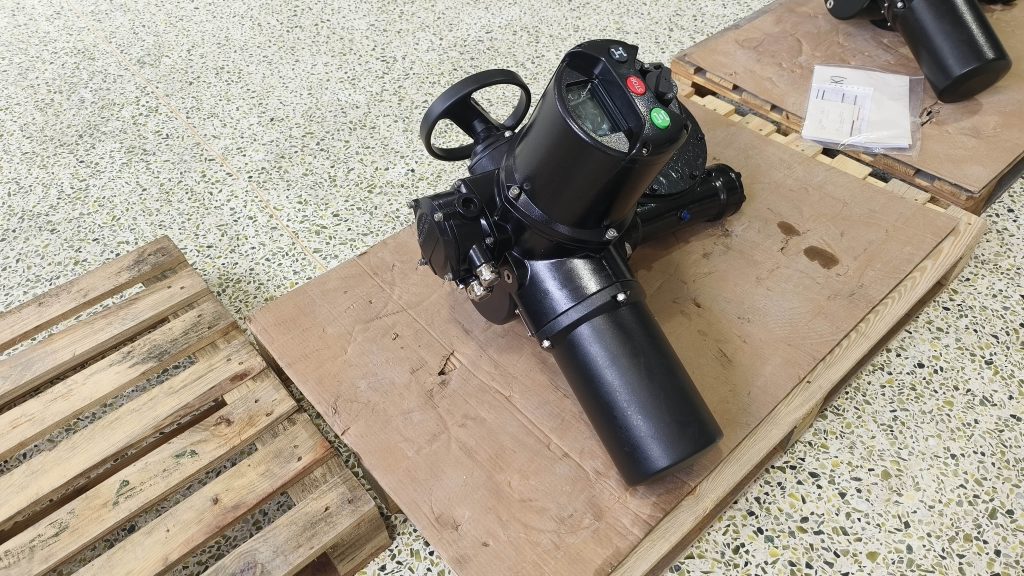
An intelligent integrated actuator is a device that not only performs mechanical movement but also incorporates sensing, control, and feedback mechanisms within the same unit. Unlike traditional actuators, which simply convert electrical signals into mechanical motion, IIAs are equipped with sensors and intelligent processing units that allow them to make real-time decisions based on the data they collect. This integration of intelligence into the actuator enables the device to adapt to changing conditions, optimize its performance, and provide valuable feedback to the system it is part of.
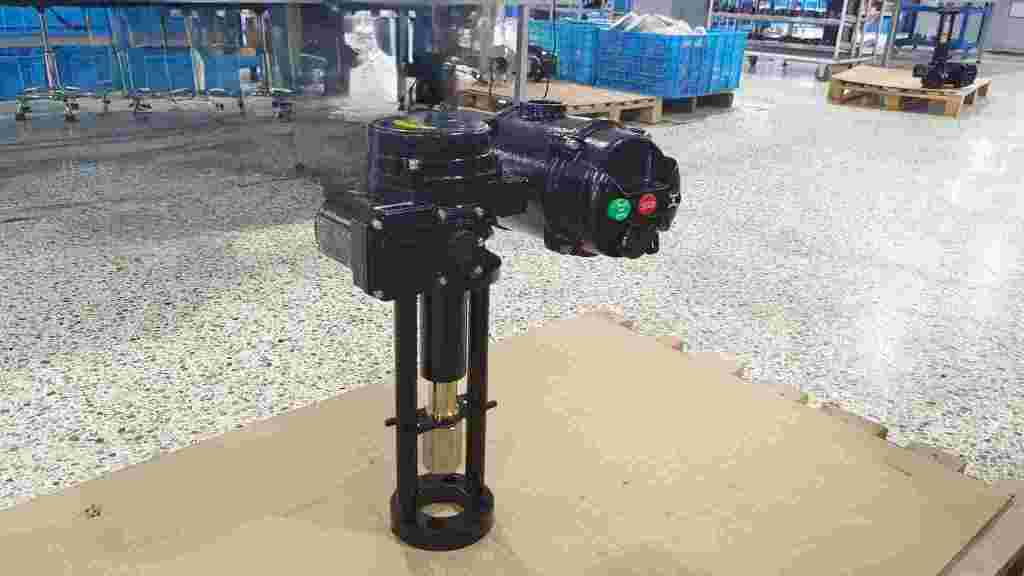
The main components of an intelligent integrated actuator typically include a motor, sensors, control electronics, and a communication interface. These components work in unison to allow the actuator to perform more complex tasks than its traditional counterparts. Additionally, the actuator’s built-in intelligence ensures that it can communicate with other parts of the system, thus enabling more coordinated and efficient operation.
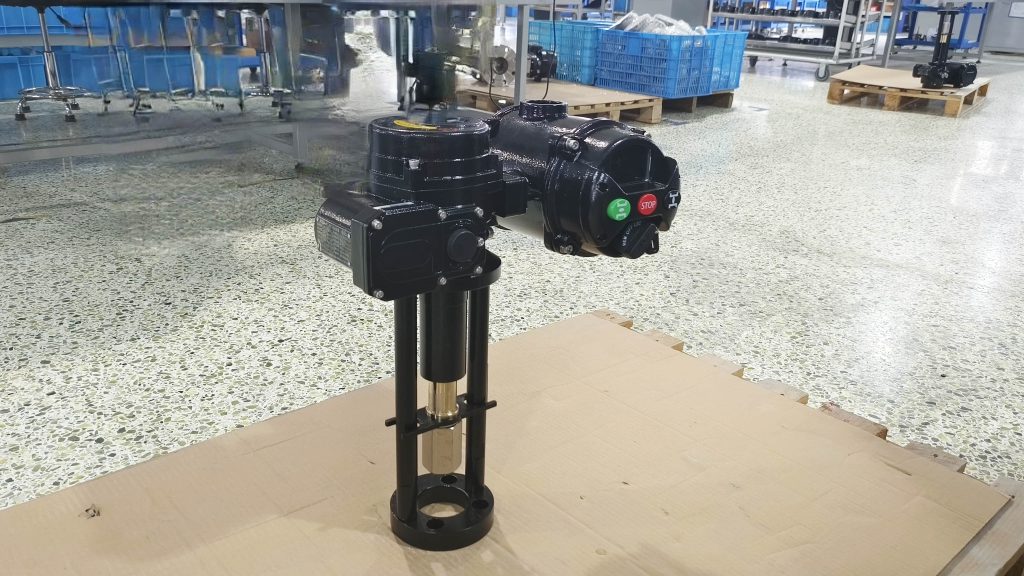
Key Features of Intelligent Integrated Actuators
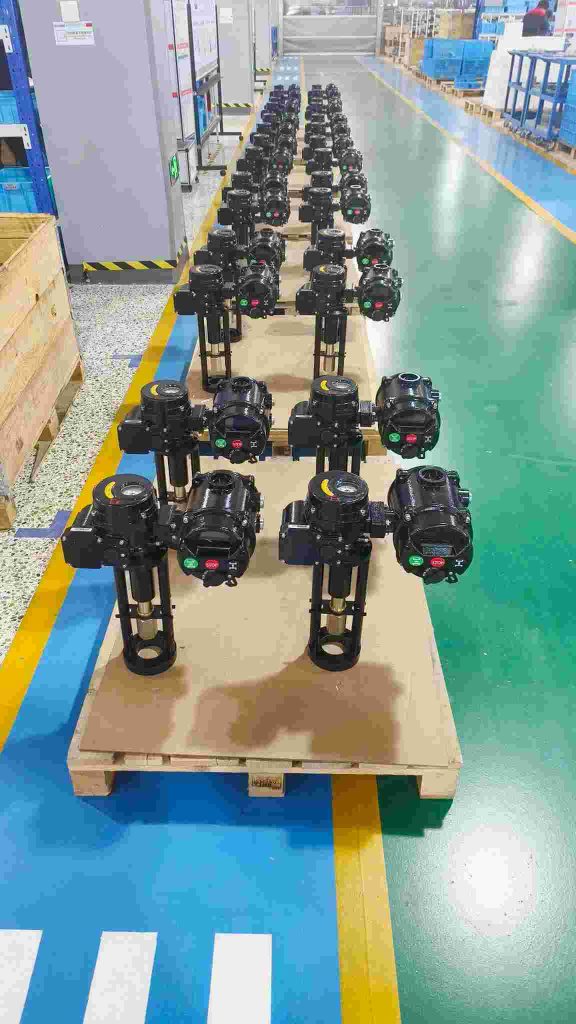
Self-Adaptability: One of the primary advantages of IIAs is their ability to adjust their behavior based on external factors. For example, an IIA in a robotic arm can automatically modify its speed or force depending on the task it is performing, the weight of the object being handled, or the environment it operates in. This self-adaptability improves overall system efficiency and performance. Enhanced Precision and Accuracy: IIAs can integrate advanced feedback mechanisms, such as position, force, or torque sensors, to ensure precise control over movement. This is especially important in applications that require high levels of accuracy, such as in medical devices or precision manufacturing.
